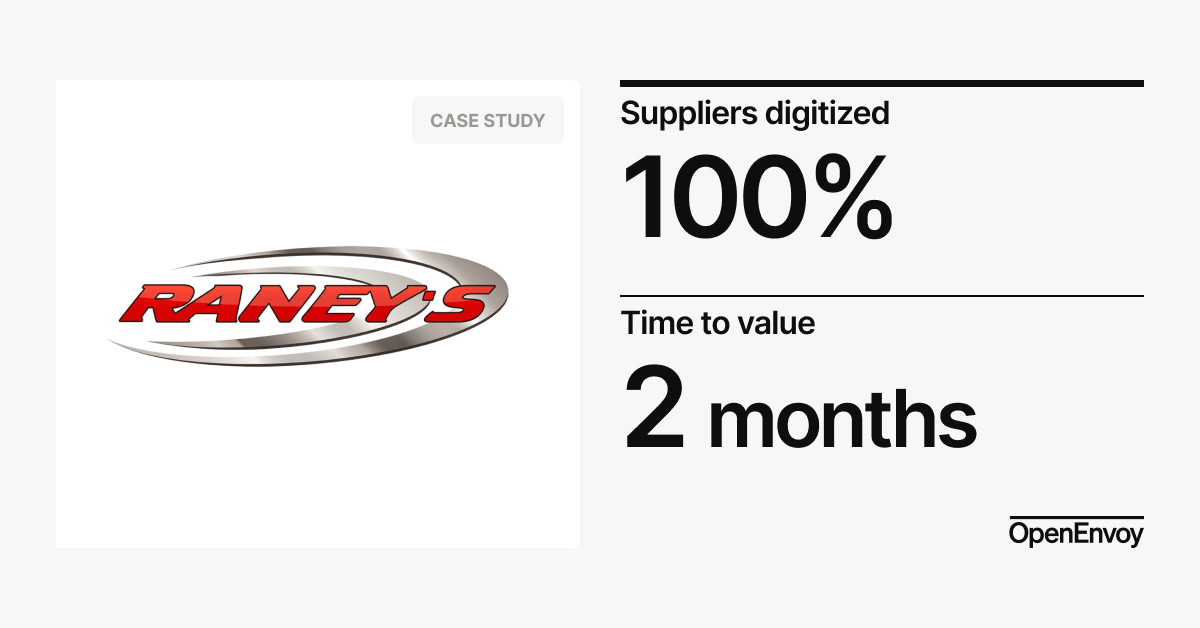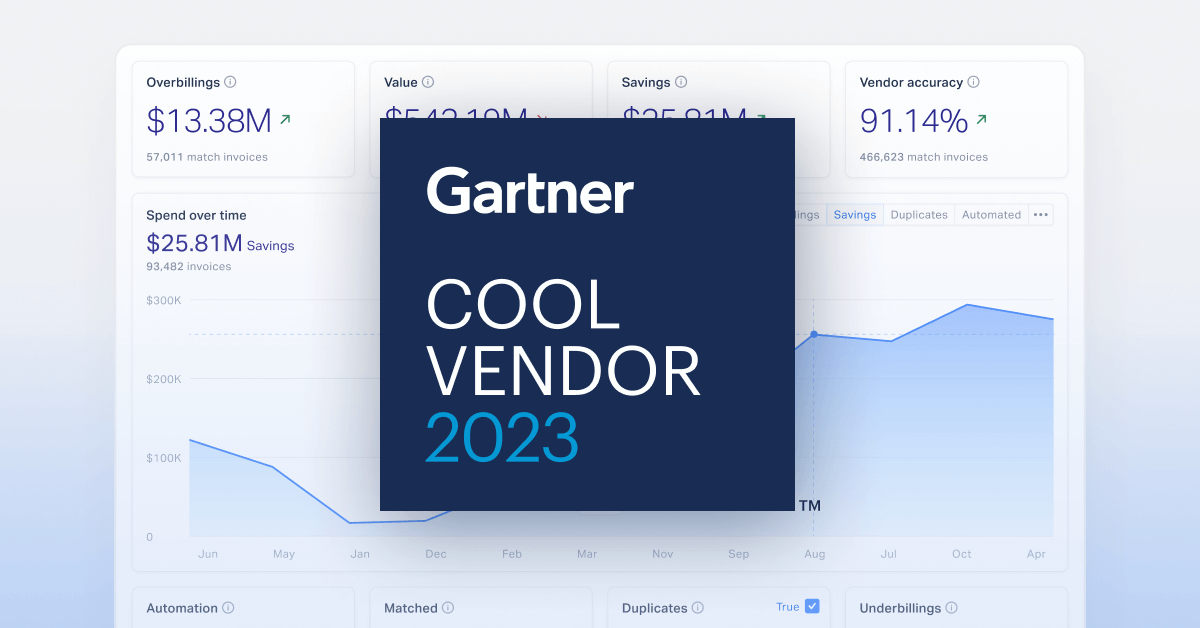Is Your Expense Policy Prepared for the Future of Work?
To survive the COVID-19 pandemic, companies that could operate in a remote environment made quick adjustments to send employees home. According to research conducted by Stanford University, nearly 42 percent of the U.S. labor force was working from home full-time in June 2020, making up for more than two-thirds of U.S. economic activity. As employees were operating from home, business activities like travel and entertainment outings halted, while expenses for technology and service subscriptions for connectivity increased sharply.
As employees slowly return in-office, countless leadership teams have another significant matter waiting to be addressed, the neglected employee expense policy.
Failing to regularly review corporate expense policy harms the organization by ignoring business needs as they arise. The recent pandemic showcased the value of making quick changes to company practices. A recent survey shows that although companies anticipate having significantly more remote employees, many have yet to develop policies to support a remote working environment.
While keeping up with the demands of remote work, CFOs and business leaders are rethinking manual processes, like employee expense management. Ineffective expense management can be frustrating for employees who wait long periods for reimbursements and finance teams who spend needless time hunting down missing items and using manual processes.
Organizations are transforming faster than ever and an updated employee expense policy can control costs, help staff with reimbursable expenses, and save the accounting team time processing expense reports.
Relying on Manual Processes Means Poor Visibility and Tracking of Employee Spend
While the digitization of many manual processes has increased efficiency and production for varying business functions, there is a substantial number of organizations with failing corporate expense policies. There are various reasons why an expense management policy may be ineffective:
- Manual systems or unreliable software cause reimbursement lags due to inefficient approval workflows, missing information, and expense reports falling through the cracks.
- Legacy systems poorly track employee spending and fail to offer the real-time spend insights necessary to capture spend data.
- Accounting and audit teams suffer toggling between expense reports, paper receipts, and spreadsheets. Accounting software increases the risks of approving non-reimbursable expenses.
The workplace is changing, and organizations must be adaptable. Implementing modernized expense management procedures supports employees with necessary work-related resources while controlling costs.
Refreshing your outdated expense policy can be done in a 3-step process: create, manage and enforce.
Create
Evaluate the current employee expense policy to determine what is still relevant, what no longer serves the organization, and what seems to be missing. The design of a company-wide policy should include cross-functional input to ensure the policies fit across the business. Complete an itemized list that outlines exactly what will be reimbursed. Don’t forget to include categories for digital work needed to perform job functions that can often be overlooked such as applications, software, or telecommunications.
Manage
Set specific criteria and thresholds for each type of expense to reduce confusion regarding what is acceptable. For example, control travel and accommodations cost by negotiating rates or cap reimbursement for outings or telecommunications.
Next, identify a streamlined expense management workflow and consider an expense management automation tool to expedite reimbursement timelines and mitigate the risk of error. Per Gartner, to find an expense management automation tool for your team, you should compare service vendors on compliance, user experience, spend visibility, the ability to reduce errors, and efficiency.
Communicate
After identifying cost parameters and workflows, enforcing policy compliance can be done by communicating expectations and encouraging all employees to reference the policy before submitting expense reports.
Before distributing a fresh employee expense policy check that the following is included:
- Clear and concise language to avoid room for interpretation.
- Processes and deadlines for reimbursement.
- The reimbursement timeline and how employees will receive their funds.
- The steps to submit an expense and what to do if an expense is denied.
- Best practices for corporate credit cards if the company provides them.
Your corporate expense policy guides the internal resources needed to grow the business and safeguards against unnecessary spending. A weak employee expense policy can impact cashflow and create confusion, employee dissatisfaction, and at times, fraud. As the rapidly changing environment continues teaching CFOs and executives the importance of agility and innovative practices, having a holistic understanding of where company funds are going is vital for endurance and strategic planning.
Ready to update your employee expense policy? Download the whitepaper Review and Refresh Your Employee Expense Policy.






